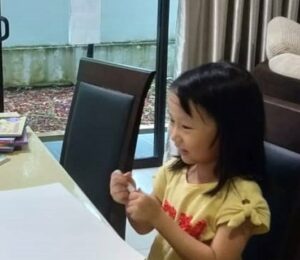We know how your child Can learn Chinese creatively, because of our unique approach and experience.
Complaining About Creativity
The lack of creativity and imagination is a subject we keep hearing people complain about.
The system just churns out drones and robots. Our kids are trained to just memorize and regurgitate. Blah blah blah.
The complaints are especially pronounced when it comes to language learning, where we are judged by our adherence to often arcane rules of grammar and by the breadth of our vocabulary.
And we hear it a lot especially from parents whose kids are studying Mandarin, with its preponderance of gnomic phrases and idioms that often originate from several thousand years ago. (Incidentally, we hear a mirror image of this from Taiwanese parents whose kids are struggling to learn English.)
So many parents wring their hands over why their kids just don’t seem to appreciate Mandarin, even though its benefits are manifold and obvious.
But just telling a kid at the start of the language-learning journey that “Mandarin is useful and beautiful” isn’t going to be very convincing.
You Cannot Demand Enjoyment and Creativity
Imagine being given a toy and told that “you must enjoy this” because it’s “educational”. Sure, Dad. Whatever.
Similarly, you can’t tell anyone, let alone kids, “You must be more creative!” and expect them to just go “Yes, sir, yes, sir, three bags full!”
(When these approaches fail, many parents, alas, default to threats. Also not helpful.)
To learn anything, kids have to play with and experience the subject’s contours for themselves.
And no, creativity isn’t just something people are randomly blessed with either.
Neither is it something you can just buy off-the-shelf and plug-and-play.
Creativity is an orientation plus a habit, requiring constant exposure and exercise.
The good news is: it’s achievable and enjoyable—and totally applicable to learning Chinese.
For Too Many, Learning Languages is a Joyless Slog
Because too many of us associate learning a language with memorization, anxiety and embarassment at not sounding good enough, and generally, a joyless experience.
Learning a language means sitting in a class, often with a teacher saying things veeeery slowly, over and over, over and over, over and over, in a language you one day hope to understand.
The idea being that you should only speak when you know all the grammatical rules and have amassed a significant vocabulary, and can (hopefully) pass as a native speaker.
(Actually, this isn’t limited to language-learning. It’s pretty much how any subject has been taught traditionally: cram your head with the rules, and then bust a gut trying not to get things wrong.)
This is unrealistic, and more importantly, not much fun.
Contrast this with how so many young people are trying to learn Korean of their own accord. Just like how so many used to try to pick up Japanese.
Sure, part of it is just because it’s trendy. But you can’t demand that something be trendy or un-trendy.
Clearly, there’s an association problem. Kids are associating learning Chinese with drudgery, and learning Korean with fun.
What can we do?
Engage Kids with Something They Already Enjoy
In our many interactions with kids over the years, we’ve learned that:
1. Kids love comics;
2. Kids love doodling.
That is why we specifically designed our curriculum around bilingual comic-style stories with funny situations and adorable characters.
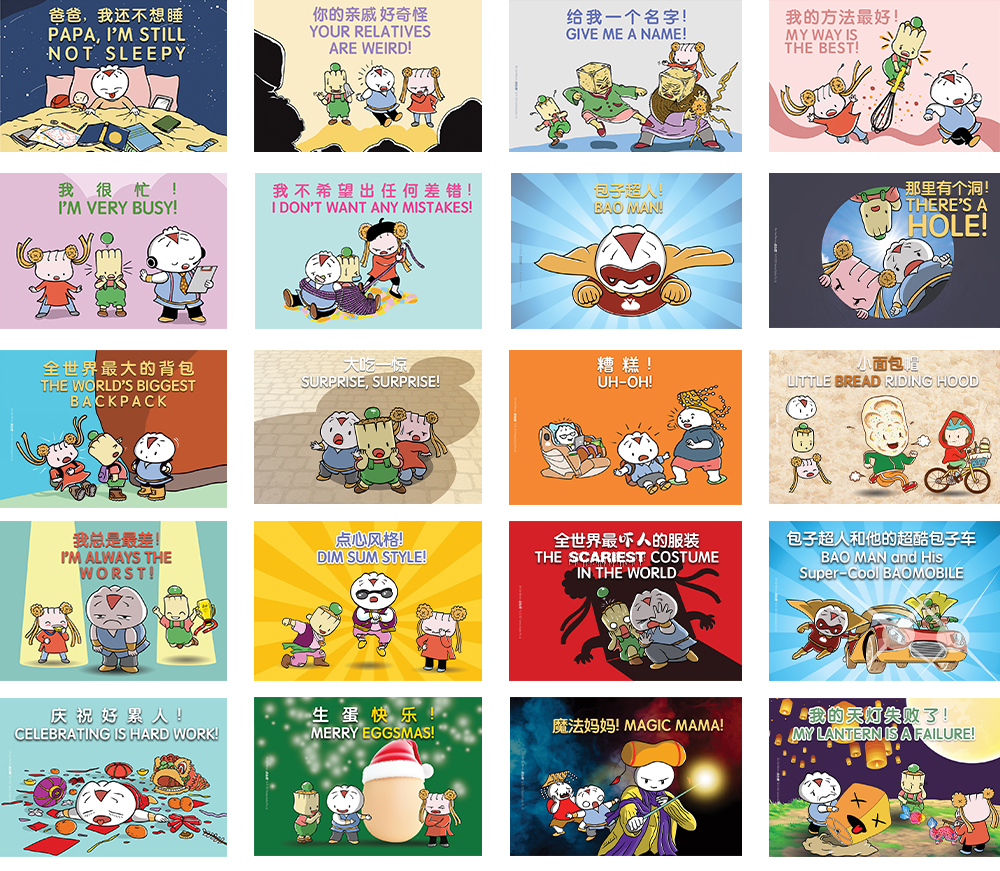
Kids don’t need strong convincing to check out our stories, and research has already proven consistently that comics are great for learning languages.
But we decided to go several steps further.
In our App, kids can not only read our funny comic stories, they can:
✅ Toggle between languages
✅ Listen to real kid actors perform the stories at human speeds
✅ Perform the stories themselves like karaoke (while actually practicing their reading and pronunciation while getting feedback through our speech recognition tech!)
✅ Play vocabulary-building games
Our Method is Supported by Research and Expertise
This isn’t just some cool idea.
Our methodology is supported by plenty of academic research, and remember, our CEO Yen Yen is an Ivy League-trained educator and former tenured professor specializing in curriculum design and pedagogy.
Plus, it’s independently certified for pedagogical quality by Education Alliance Finland, the world’s leading edtech verification agency.

PLUS: We Kicked Things Up a Notch With Creativity!
What separates us from the heap of language-learning apps and programs out there is that we decided that kids shouldn’t just read bilingual comics, they should also be encouraged to draw their own as well.
That’s where we inject the exercise of creativity into the whole process.
Cartooning is great because:
(1) it has a mnemonic effect which aids memory and retention
(2) it’s a crazy, creative and freeing exercise which kids enjoy
(3) Any kid can doodle!
Drawing ability is not a requirement, The best part about cartoons and comics is that they don’t have to look any specific way, or even be very good. The main appeal of cartoons and comics is to convey the character, spirit and imagination of the creator. Just look at the massive popularity of xkcd, which is entirely populated by stick-man drawings.
The strategy is to create positive associations with Chinese for the kids.
They won’t think of it solely as this mountain of inscrutable stuff they are being forced to memorize.
Rather, they will see it as part of their creative arsenal and start associating Chinese with possibilities and imaginative creation.
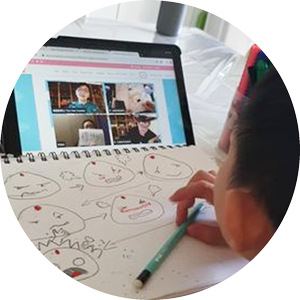
But why should you entrust us with imparting creativity to your kids?
How is Dim Sum Warriors different from all the other creative programmes out there which basically get kids to follow yet another rulebook like: paint exactly like this, or program the robot to move exactly like that?
The answer is: we’ve actually walked the walk!
We KNOW Creativity
How many creative programmes out there are actually run—personally—by creators who have:
Created a website that’s been featured in Wired, the Washington Post and Time—without even knowing html?
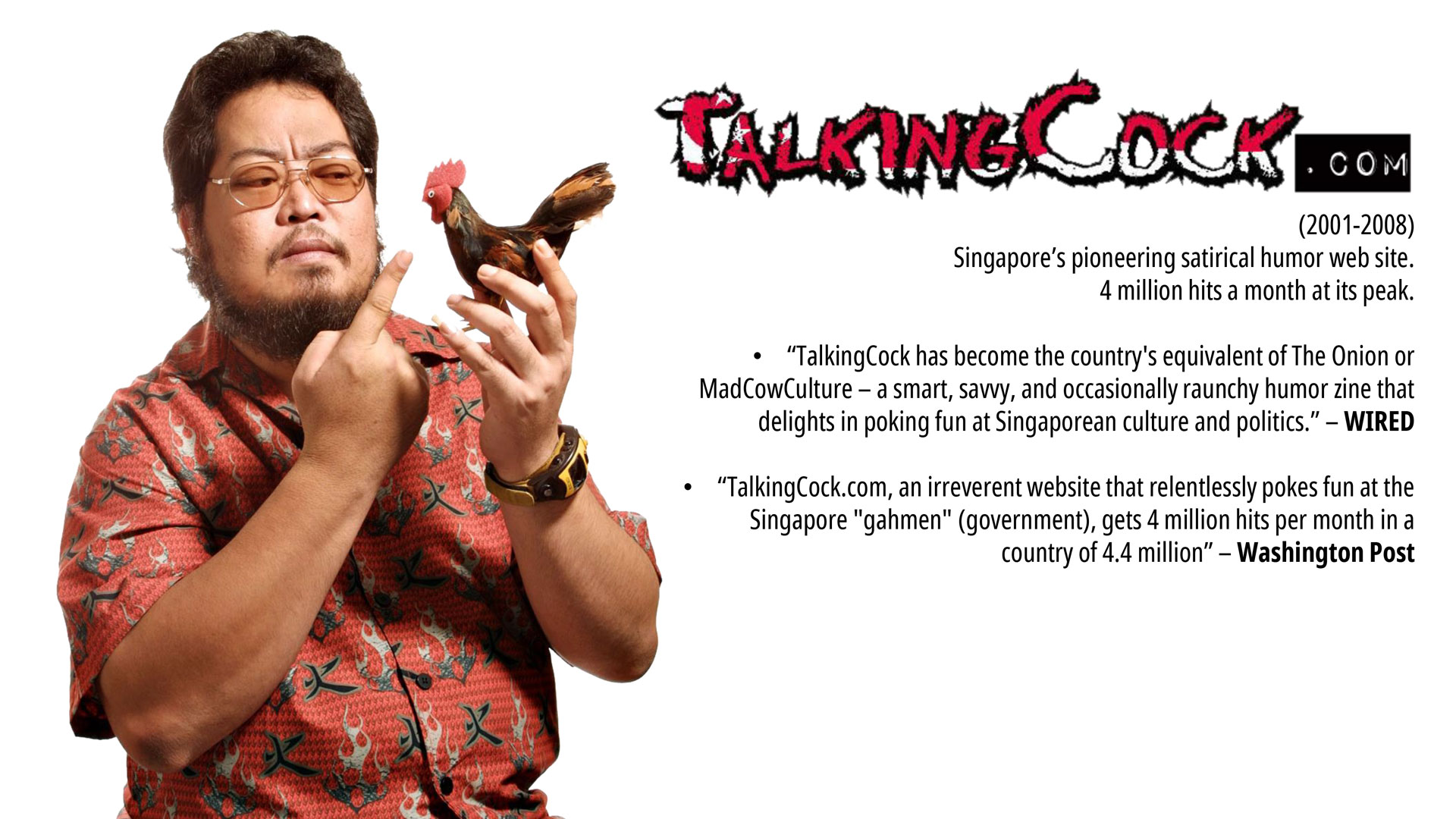
Made a movie that’s been honoured as an Iconic Singapore Film by the Singapore International Film Festival—without ever having been to film school?
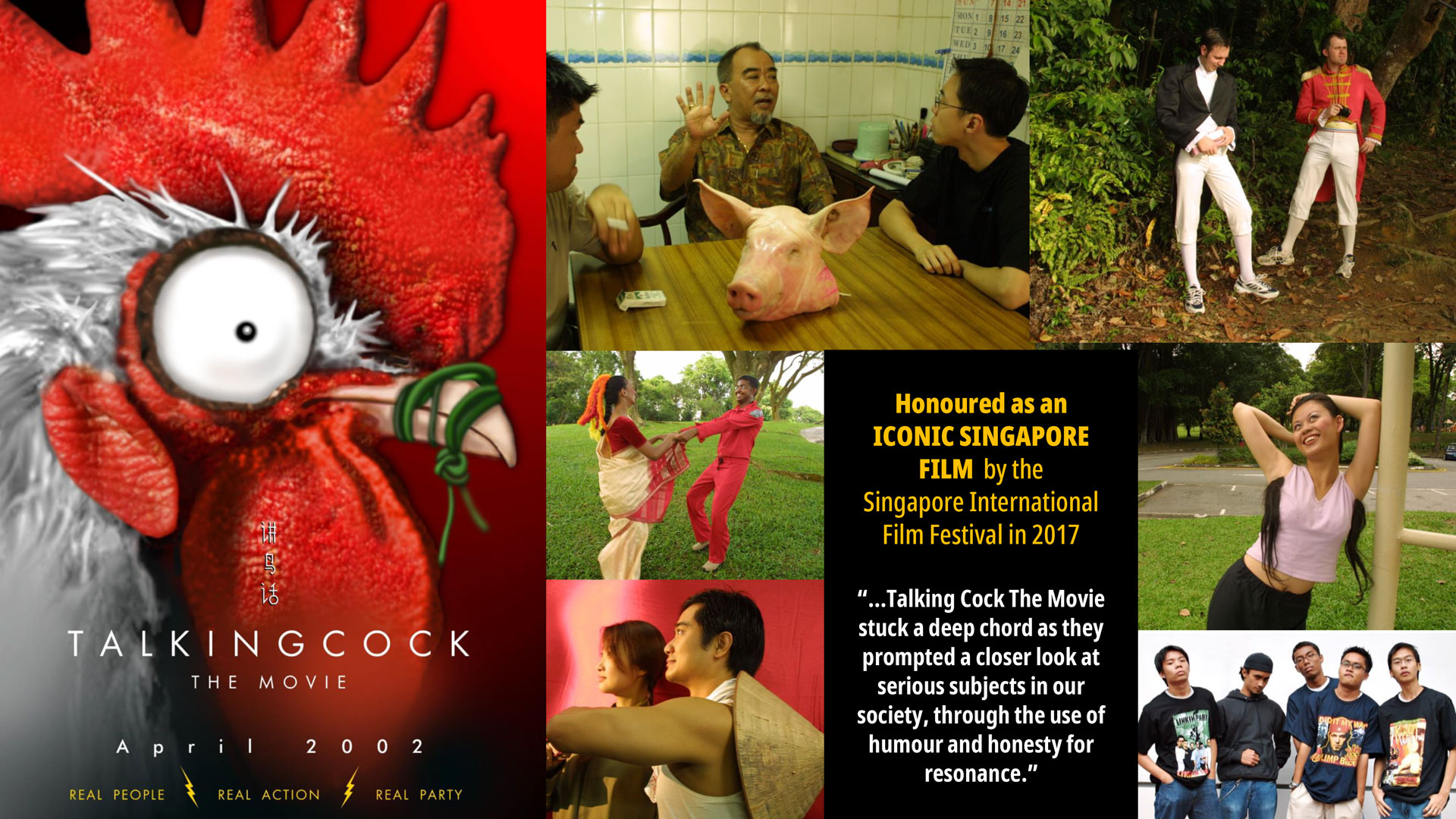
Made a multiple award-winning feature film that’s won Europe’s largest screenwriting prize, been screened at numerous festivals and venues, and sold to numerous territories, including Netflix and iTunes?

Created a critically-acclaimed graphic novel series that’s been acquired by Scholastic—you know, the publishers of Dog Man and Harry Potter.
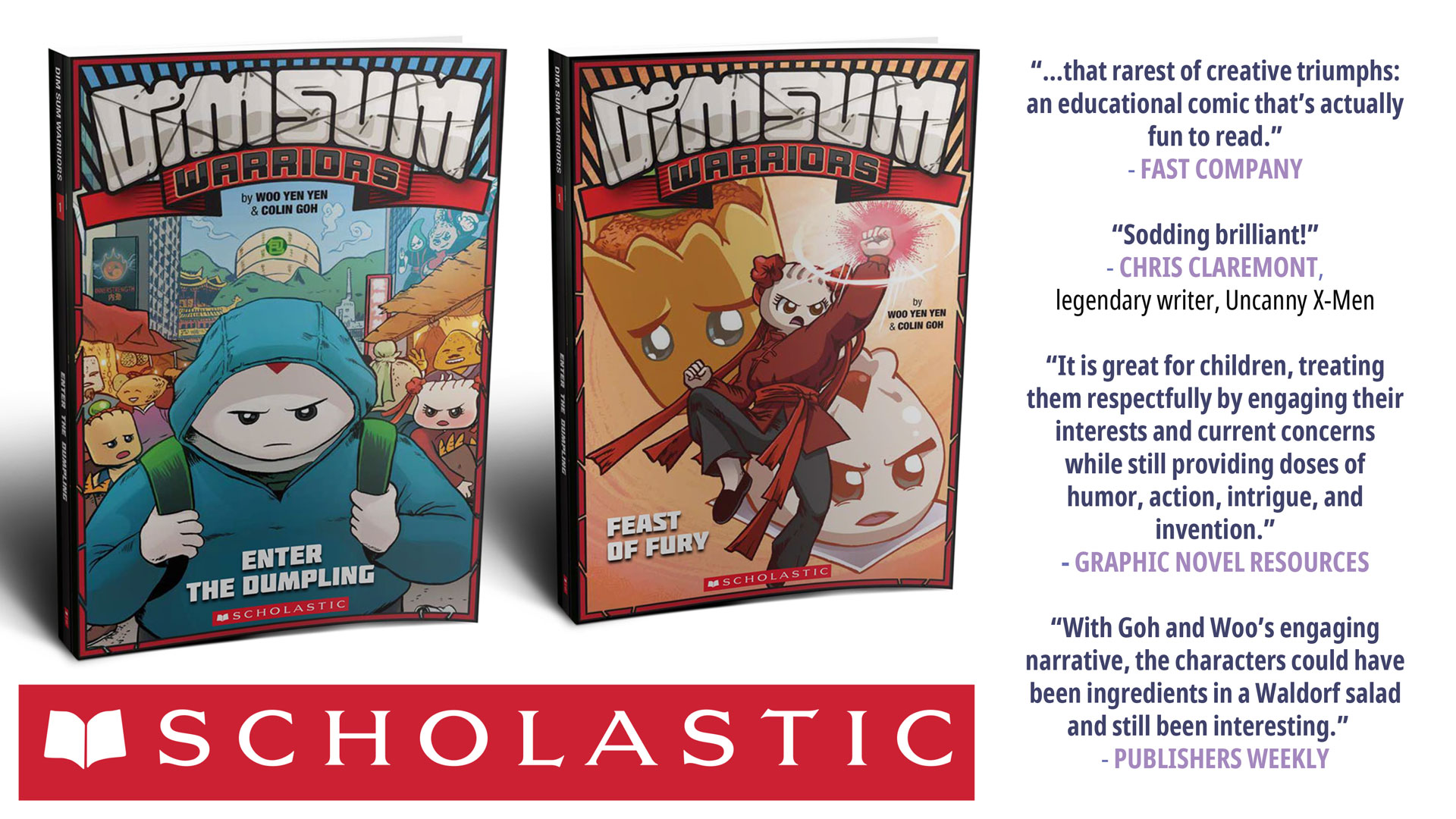
Made a giant critically-acclaimed musical that’s been performed across 25 major cities in China—with music by a Pulitzer Prize-winning composer and produced by the biggest name in Chinese theatre?

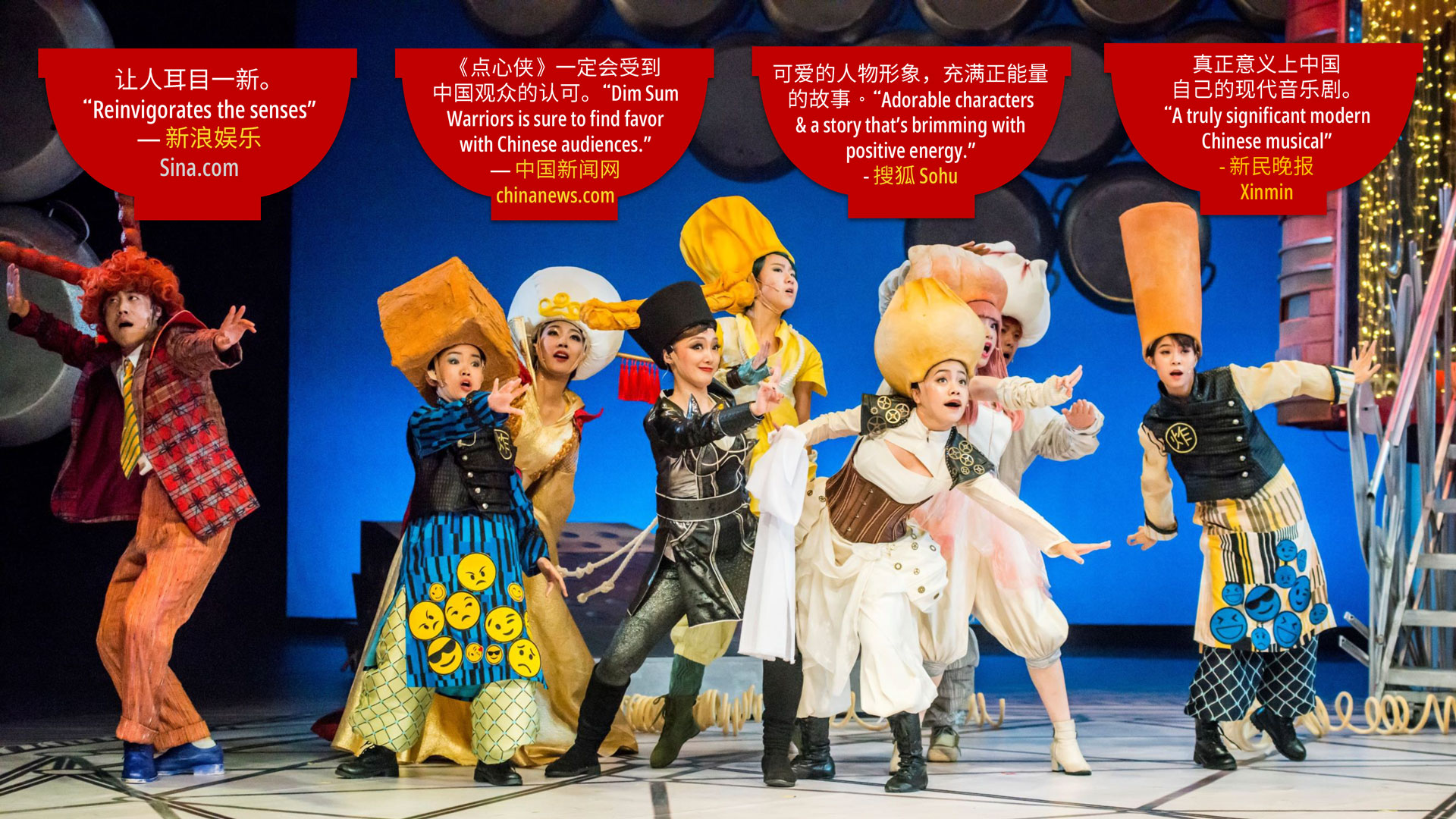

How many programmes allow kids the opportunity to interact with award-winning creators every week?
But how would you know whether our approach works for learning Chinese and kids?
Well, it’s the same strategy we used for our own daughter, when we relocated to Taiwan and she could not read a single word of Chinese.
She learned her art just by drawing along with me—exactly like the kids who join our Bilingual Comic Jams and Doodle Dates.
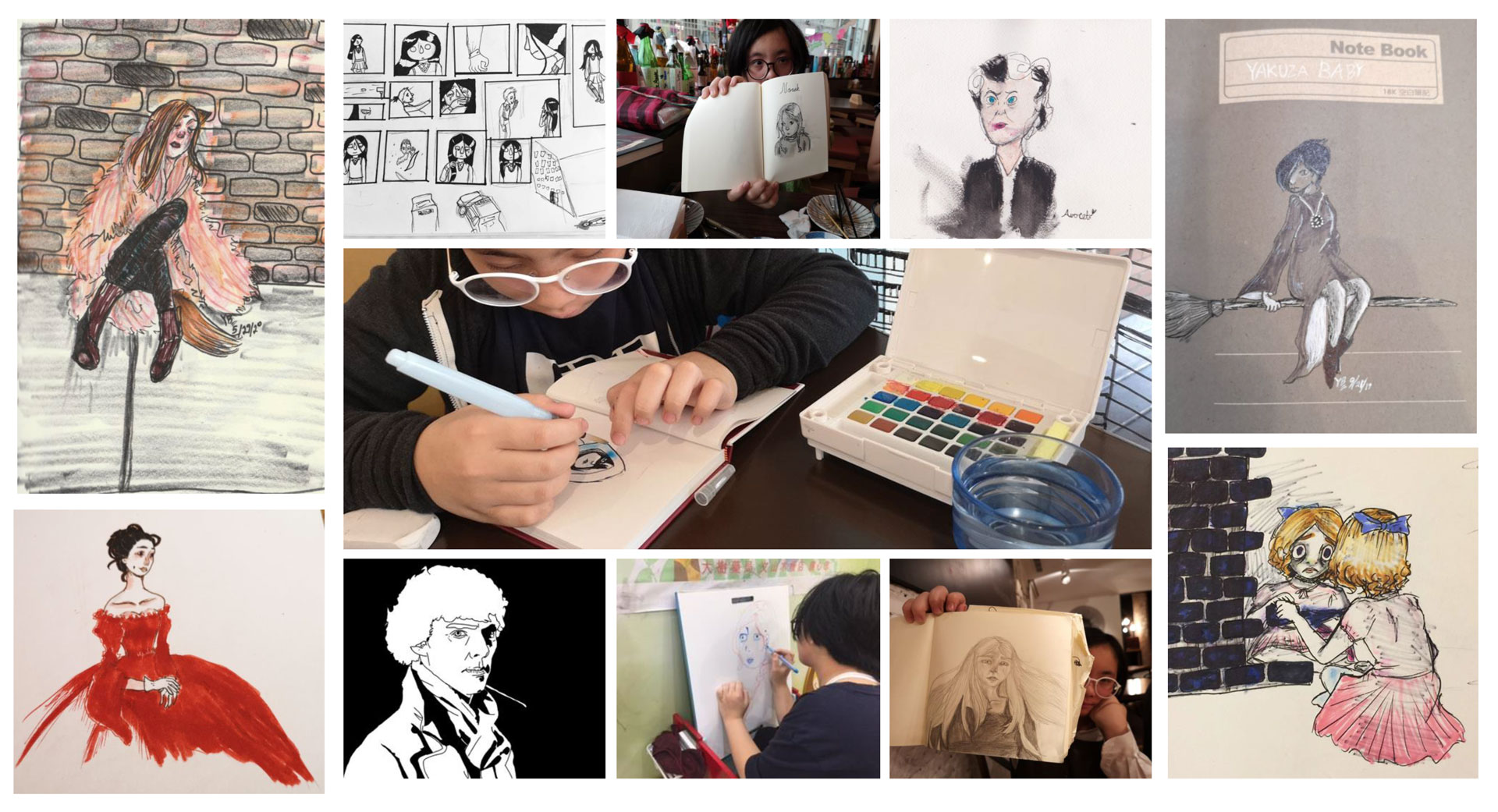
And her Chinese improved precisely because we encouraged her to play with it through her interest in comics.
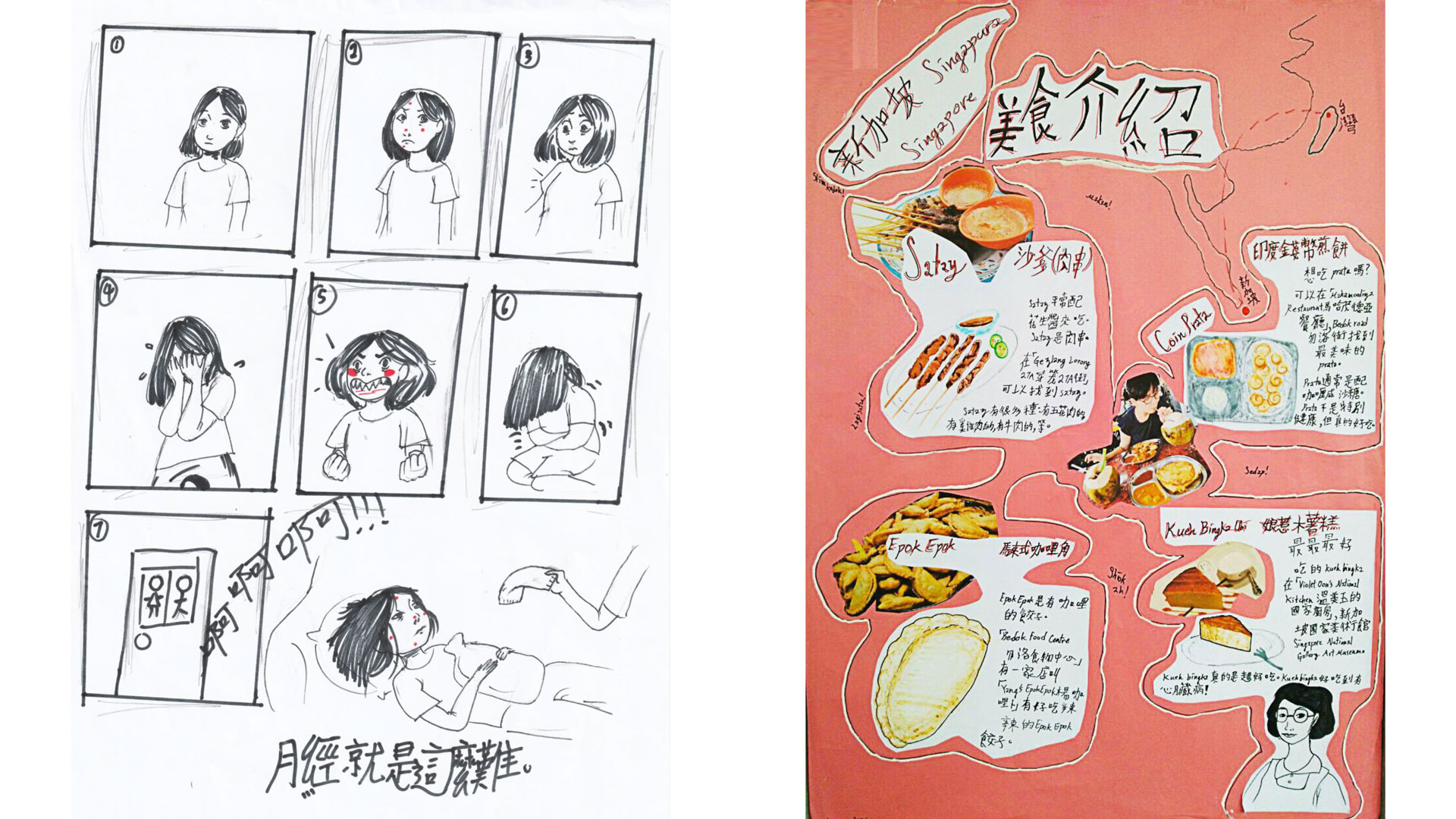
So now, she is not only able to read novels in Chinese (in traditional Chinese 繁體 script, no less), she also writes and draws stories using it.

